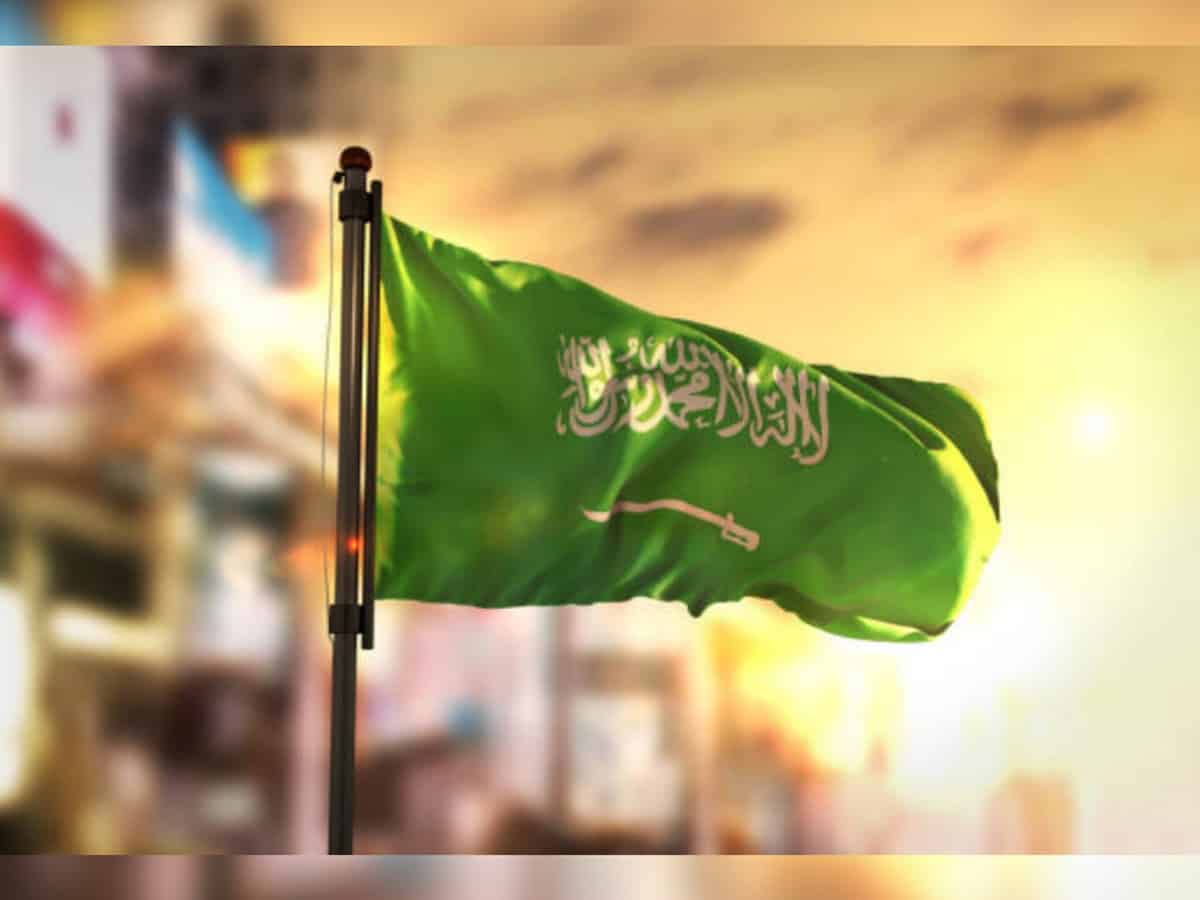
The world’s first Islamic Arts Biennale providing a survey of Islamic arts and culture in the religion’s birthplace, modern-day Saudi Arabia, is being held at Jeddah, Saudi Arabia, gathering over 44 Islamic artists from Saudi Arabia, Egypt and a large number of rare Islamic artefacts from different parts of the world.
The Diriyah Biennale Foundation is holding this at the Hajji Terminal or Canopy Terminal in Jeddah. The world’s largest cable-stayed fabric-roofed construction, inspired by the tent structures.
The open locale with desert and sky would almost transport the viewers to the ancient Islamic world.
The Diriyah Contemporary Art Biennale, was held in Dec.2021in which over 60 acclaimed international artists had participated. It was held in the outskirts of Riyadh.
The present venue is that of Western Hajj Canopy Terminal at King Abdulaziz Airport in Jeddah. The Terminal designed by Skidmore, Owings & Merrill was awarded the 1983 Aga Khan Award for Architecture.
The building was used by pilgrims from all over the world to rest onway to Mecca.
The 118,000-square-meter space is housing five galleries, two pavilions and one grand canopy, 280 artifacts, as well as more than 50 new commissioned artworks from around the Muslim world.
Besides exhibition spaces it has a theatre, a mosque, workshops, classrooms, retail shops, and dining outlets.
The theme for the event is Awwal Bayt, which means ‘first house’ in Arabic. Awwal Bayt is a Quranic term that is used to signify the importance of the most sacred site, the Ka’bah in Mecca, and the direction, the Qiblah, which Muslims all around the world face for their daily obligatory prayers.
It thus connects devout Muslims all over the world.
The exhibition is showcasing Islamic contemporary and historical artefacts including some authentic artifacts from the Prophet’s Mosque in Madinah and Masjid-al-Haram.
The curatorial team has scholars connected with Victoria and Albert Museum, National Museum of Asian Art, Smithsonian Institution, Washington DC.
The Foundation plans to host a biennale every year, alternating between the Contemporary Art Biennale and the Islamic Arts Biennale.
The event aims to showcase the art and creativity of Islamic culture, from both the past and present.
It is showcasing 280 rare and priceless artifacts and more than 50 new commissioned artworks from around the Muslim world.
This place is the confluence of millions of Muslims from all over the world going for Haj and as such is an ideal place to hold the exhibition.
The Biennale is organized around two main themes: Qiblah and Hijrah.
The Qiblah is the direction of the Kaaba in Mecca, which every Muslim faces in their daily prayers. It unites Muslims in prayer all over the world.
There are also specially commissioned artworks that reflect on the theme of migration and how pilgrimage has coloured the cultural life of the Muslim world.
The exhibition also showcases rarely seen historical artifacts from the cities of Mecca and Medina and the role of the Kingdom of Saudi Arabia as its custodian.
The artefacts come from different parts of the world like Mali, Egypt, Tunisia, Greece, Saudi Arabia, Azerbaijan, Uzbekistan, Oman, and Qatar.
The Islamic Arts Biennale will have number of programs featuring a number activities like excursions, workshops, meet-the-artist sessions, panel discussions, talks, seminars, performances and film screenings, highlighting the integral role of arts and culture.
Basically the programs on Islamic calligraphy, recipes, will all go to show how the cultural heritage and legacy of the Muslim world influences society today and how the arts of the Islamic world have been effected by other cultures, how the Islamic world interacted, enriched, inspired and was inspired by other world cultures.



